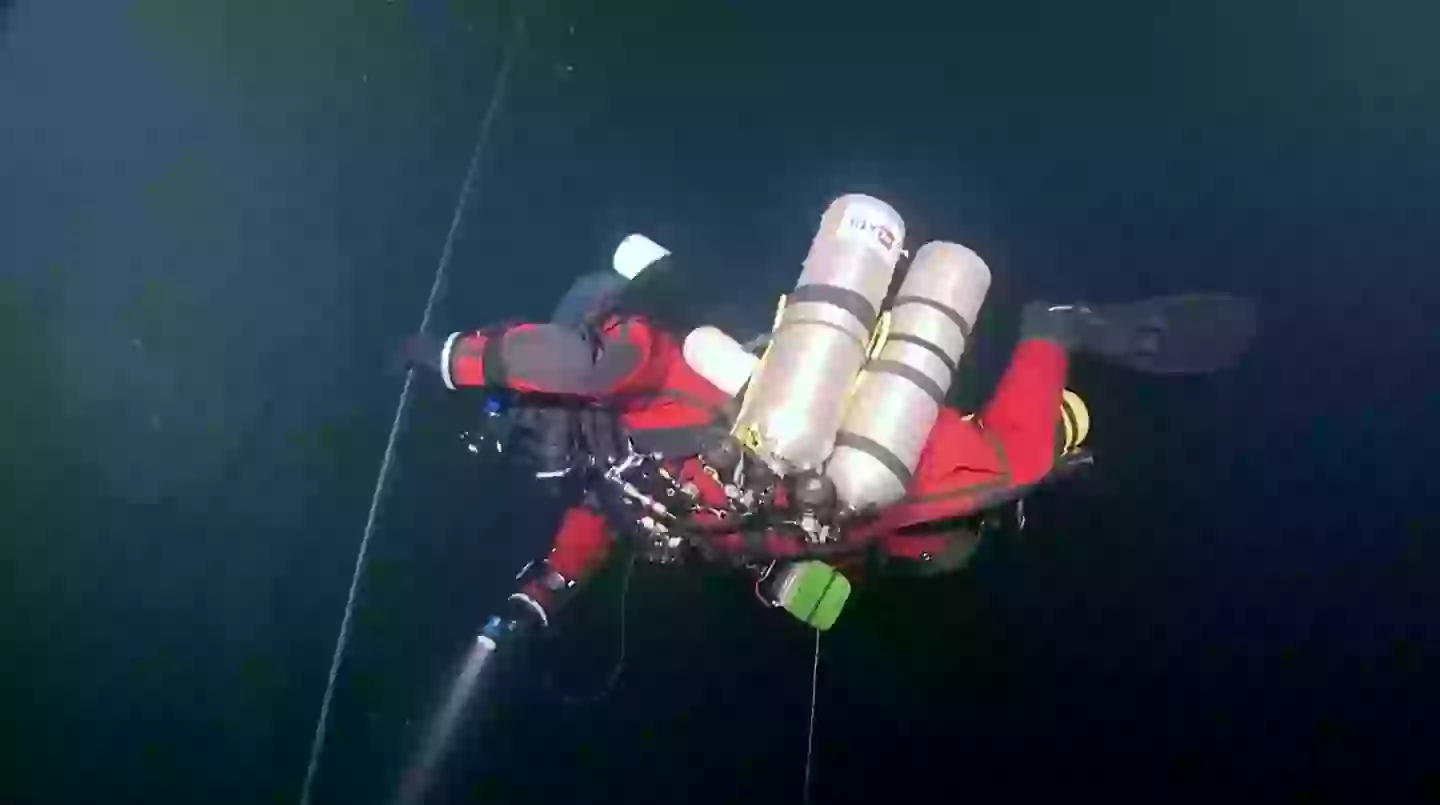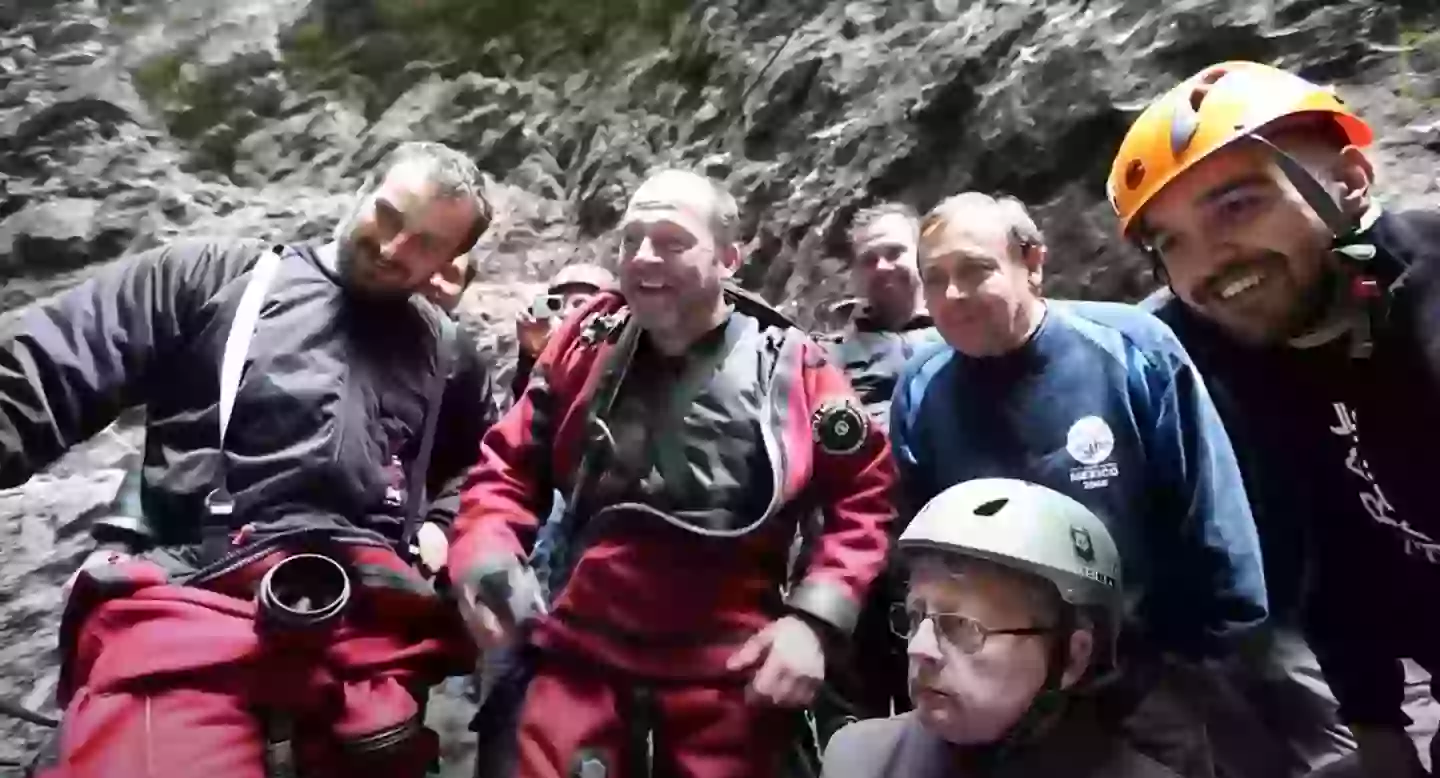Scientists Make Bizarre Discovery That Could Rewrite Ocean History in World’s Deepest Underwater Cave
Ever wondered what lies beneath the world’s deepest freshwater pit cave? Well, a gutsy team of researchers took the plunge near the quiet town of Hranice in Czechia to find out just how deep the Hranice Abyss goes. Digging for records isn’t just a sport for these folks—they aim to uncover secrets hidden far below the surface. What started as a mission to measure depth quickly turned into an unexpected scientific jackpot. Picture this: a fiery, volcanic-like underwater cave formed not by rainwater but by bubbling hot mineral springs from the depths. The current official depth is a jaw-dropping 1,325 feet, but hold on—technical hiccups with their gear mean the true depth might be way, way deeper. In fact, a 2020 seismic study hints this abyss could swallow some of the tallest buildings around at over 2,700 feet! Bet you didn’t see that coming when you woke up today—just goes to show, the earth’s got a few surprises stashed away. LEARN MORE
Researchers are always looking for ways to break new records. One of those they have been keen to break has been finding and diving down to the deepest depths of underwater caves.
A team of researchers have been doing just that near the town of Hranice in Czechia.
The team set out to see how deep the Hranice abyss is, but they didn’t expect to find a scientific discovery at the bottom of it.
What is the Hranice Abyss?
The Hranice Abyss is the deepest fresh water flooded pit cave in the world.
The opening of the abyss is a small cavity, with a lake at the bottom, and water temperatures in the cave vary between 14.5 to 18.8 degrees Celsius.
The exact depth of the underwater cave isn’t known, as researchers were set back by the length of the fibre-optic communication cable attached to the ROV.

Issues with optic cables caused the team issues (National Geographic)
The abyss was recorded to a depth of 1,325 feet – roughly quarter of a mile. But then, as mentioned, they ran out of fibre-optic communication cable, stopping them from measuring the true depth.
The recorded depth of 1,325 feet, is 39 feet beats Italy’s Pozzo del Merro, the second deepest known fresh water cave by 39 feet.
What did researchers find when travelling to the ‘bottom’ of the Hranice Abyss?
Originally, the cave was believed to be just 656 feet deep, however, back in 2014, the team found an extremely narrow passage which opened up the possibility of it being much deeper than they had initially thought.
The research team was led by Polish diver Krzysztof Starnawski, who was determined not only to measure the limestone cavern’s depth, but also break a new record for the deepest fresh water underground cave.
While researchers had expected to finally get an idea of how deep the Hranice Abyss is, they didn’t think they’d make another discovery while down in the underwater cave.

The team was led by Polish diver Krzysztof Starnawski (National Geographic)
The cave surprised the team with a finding that makes it much more unique than other underwater caves. Unlike most others, the Hranice Abyss is like a volcano; it was formed from hot mineral water bubbling from the bottom up, instead of from rain coming down, like other fresh water cave systems.
How deep is it officially?
The current official depth stands at 1,325 feet, making it the deepest fresh water cave in the world.
But, due to the issues with the fibre-optic communication cable, the true depth was never fully measured.
In 2020, a study took place which used seismic imaging methods in an attempt to work out the depth. The results shown that the Hranice Abyss is likely to be more than twice as deep as previously thought.
If the study is correct, the abyss could be an incredible 2,717 feet deep, which is deep enough to fit even some of the world’s tallest buildings.













